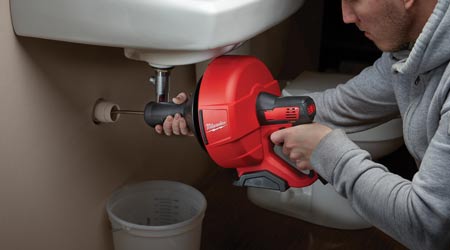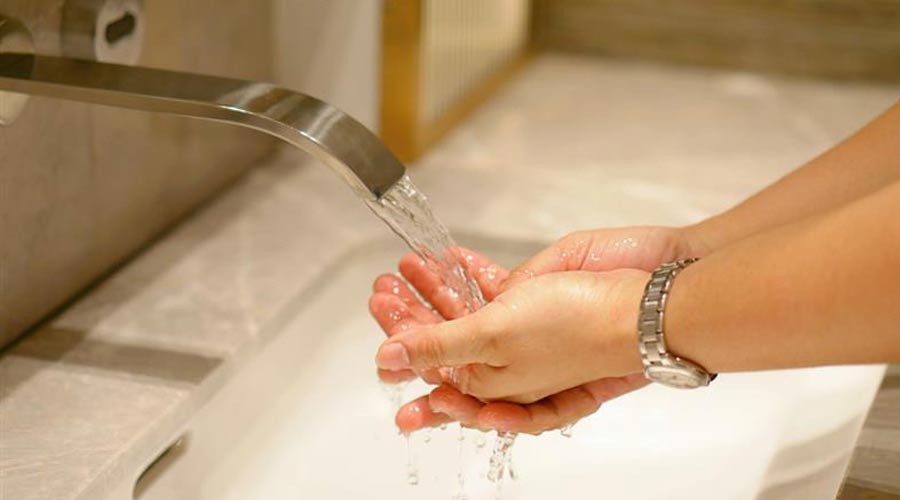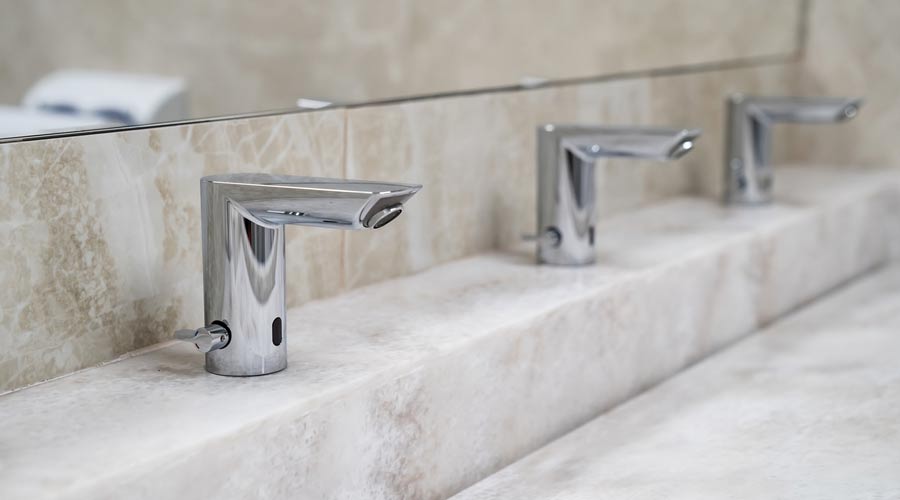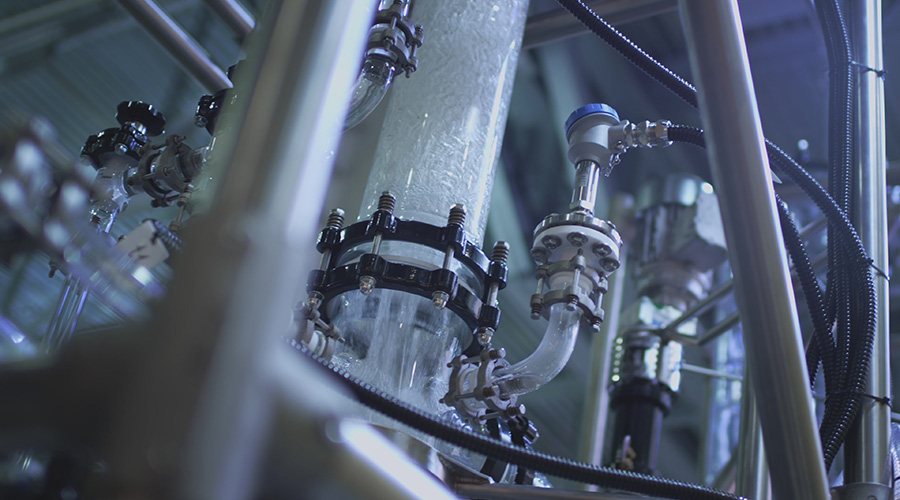 Properly maintained drains, pipes and plumbing systems are essential for the smooth operation of institutional and commerical facilities.
Properly maintained drains, pipes and plumbing systems are essential for the smooth operation of institutional and commerical facilities.Determining Common Causes of Plumbing System Clogs and Backups
Managers who understand the common causes of plumbing system clogs and backups can better specify the correct tools to clear them.
Efficient drains, pipes and plumbing systems are essential to the smooth operation of institutional and commercial facilities. These key components support a range of visitor and occupant activities. Regardless of the type of facility — whether it is a hospital, school or commercial office building — maintenance and engineering managers and front-line technicians eventually will face a plumbing system failure or clogged drain.
When a problem does arise, the situation can get messy in a hurry. For technicians to properly fix the problem, it is important that managers fully understand the nature of facility operations and activities. With this information, they can ensure technicians have the most appropriate drain cleaning equipment for the job, whether that is a cable machine, auger, water jetter or sectional machine.
Common causes
“Most commonly there are two types of causes to drain blockages,” says Dave Dunbar with General Pipe Cleaners. “Those which you can control and those which you cannot.”
The controllable causes of plumbing blockages include paper products and grease poured or flushed down drains.
“With drain cleaning in general, you never know what you’re going to run into,” says Jacki Beierle with Milwaukee Tool Co. “For older plumbing systems, they’re more prone to having issues or clogs because of the materials that were originally installed — typically, cast iron, clay or galvanized pipe. They can begin to deteriorate or deform, depending on movements from the earth and whatever regional form of waste water runs through them.
“That doesn’t mean that newer plumbing systems never have issues. Often times, people throw stuff down the drain without even realizing it could cause harm.” Typical plumbing systems too often cannot handle paper products.
“Paper products are most commonly introduced into the plumbing system through the toilet,” Dunbar says. “People flush things down the toilet that they shouldn’t. Plumbing systems are simply based on gravity, and they don’t pitch that much. If you have an 8-foot section of pipe, that pipe only slants by 1 inch over that 8 feet, or ⅛ of an inch per foot. Anything that can actually impede the flow of water or materials down that pipe can cause a problem.”
Facilities that feature food-preparation and kitchen facilities commonly encounter blockages related to grease and food scraps.
“More often than not, people pour grease and oil down the drain, and when that gets mixed with food scraps, it can cause a blockage in your pipes,” Dunbar says. “Nowadays, there is just a lot more grease getting poured down drains, and this is an issue.”
The uncontrollable issues that can lead to pipe blockages include tree and bush roots that crack and break pipe materials and interfere with the pipe’s flow, as well as pipes that are broken and cracked due to age.
“You have root incursions and other things that can happen to pipes,” Dunbar says. “But they aren’t as much under your control as much as people who pour things down the sink and flush things down the toilet.”
Related Topics:














